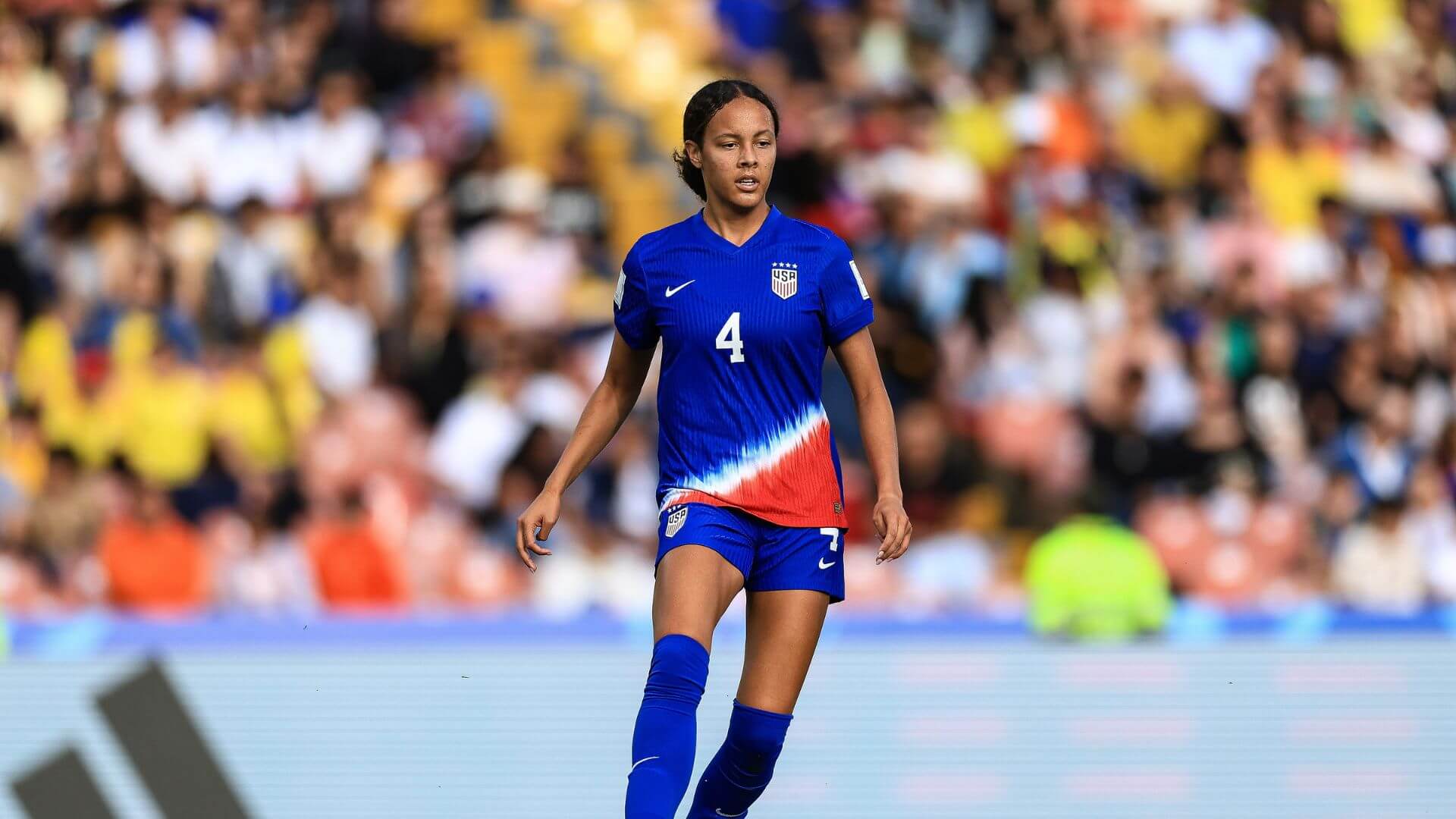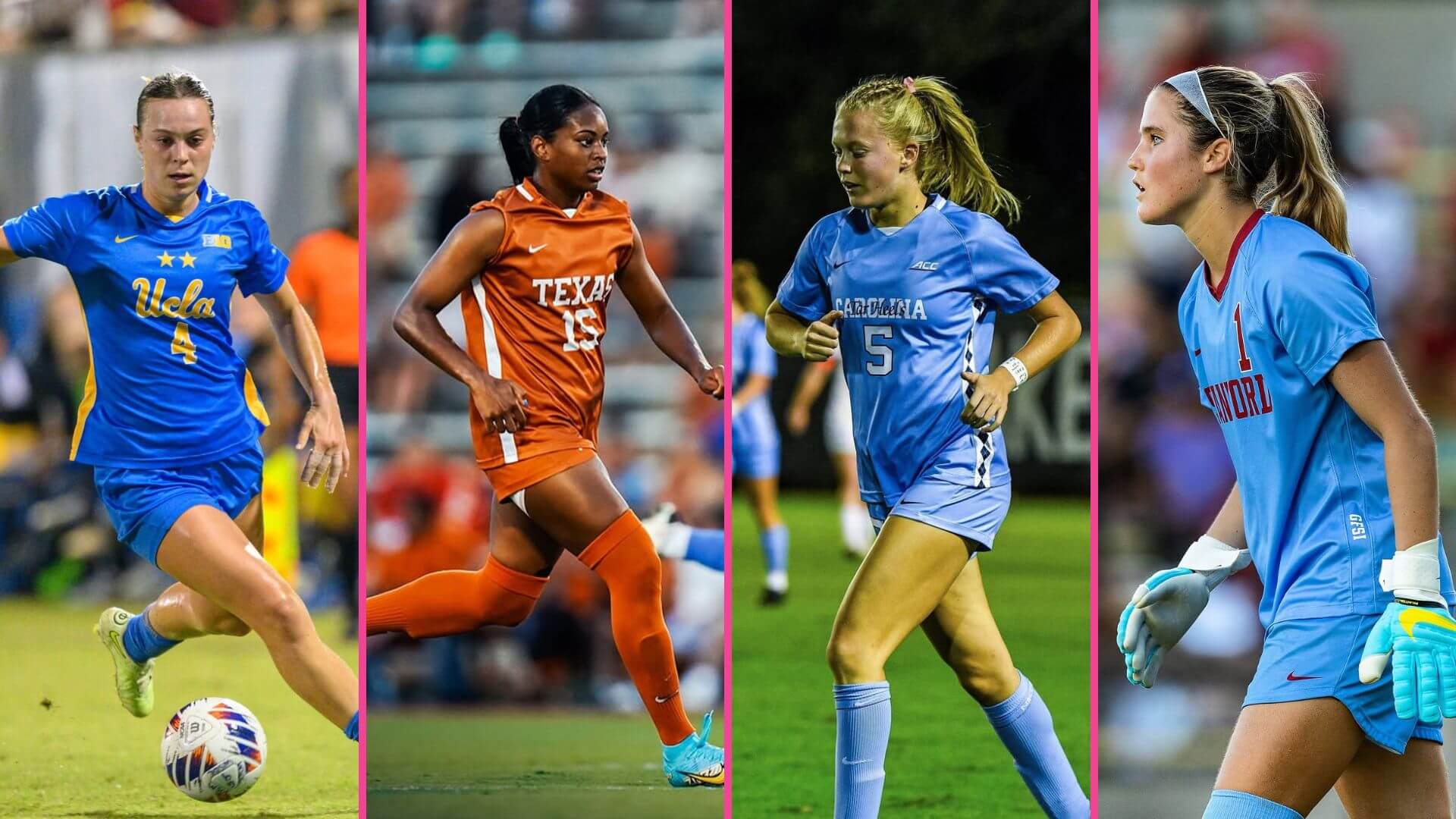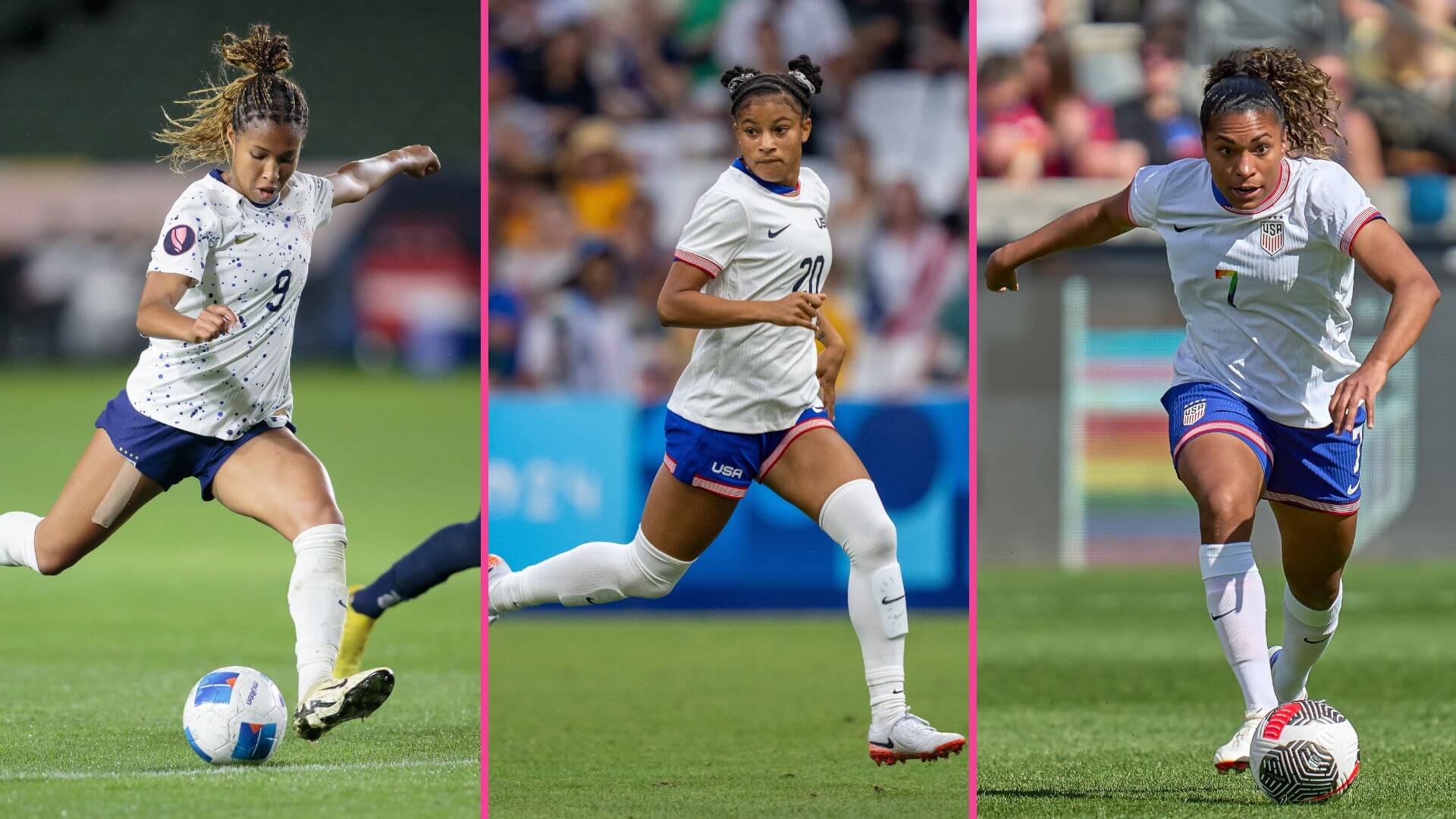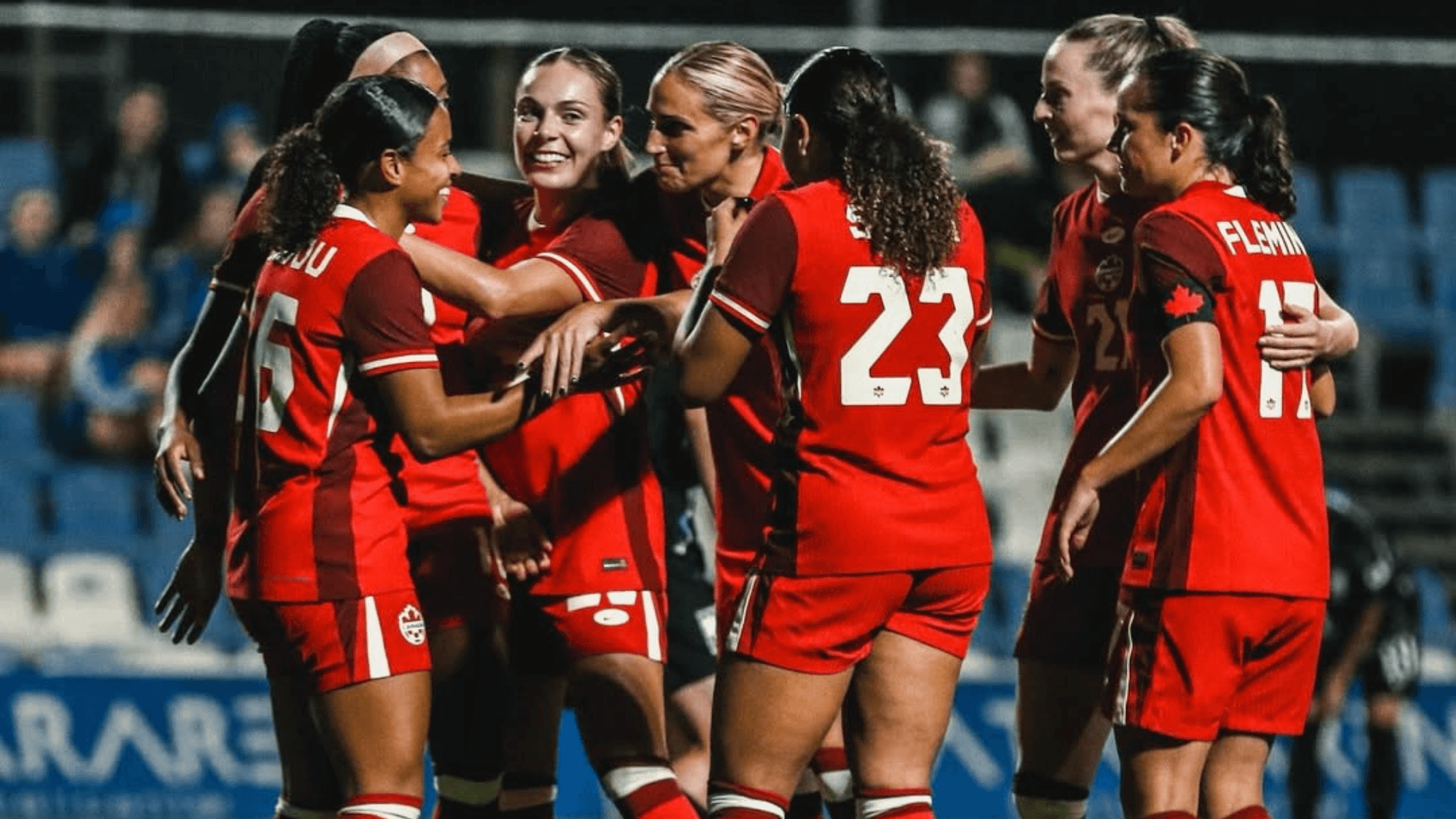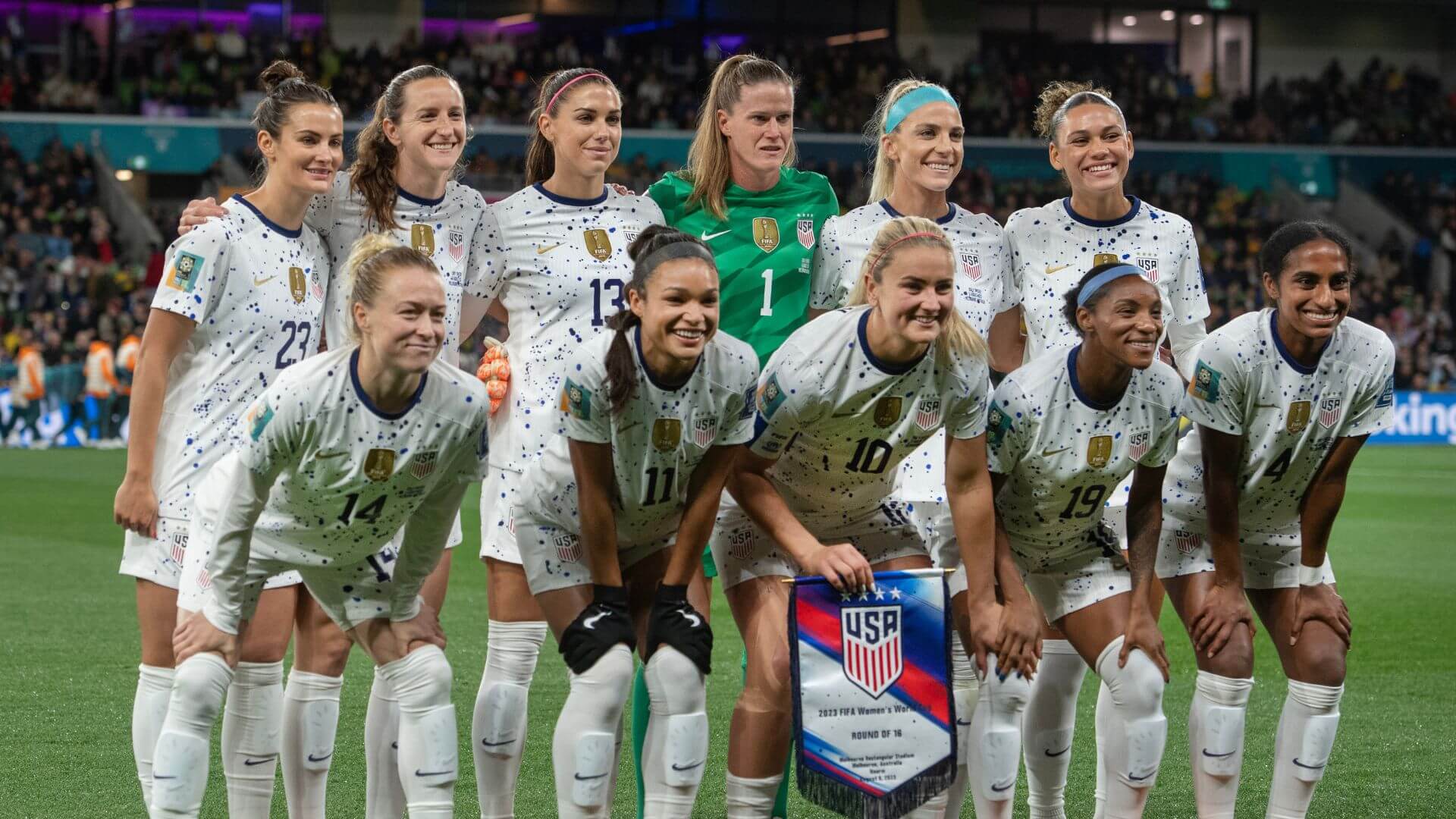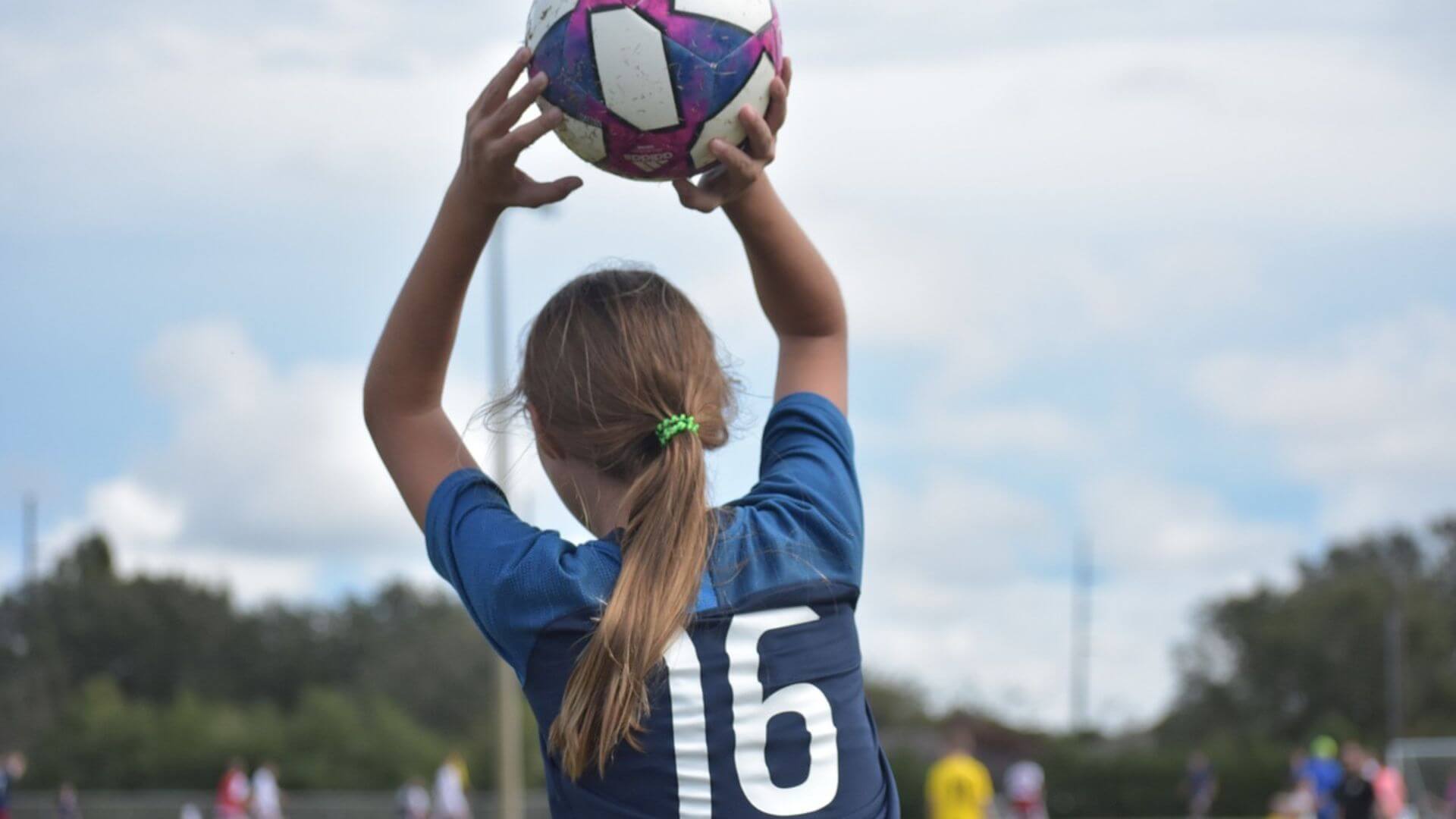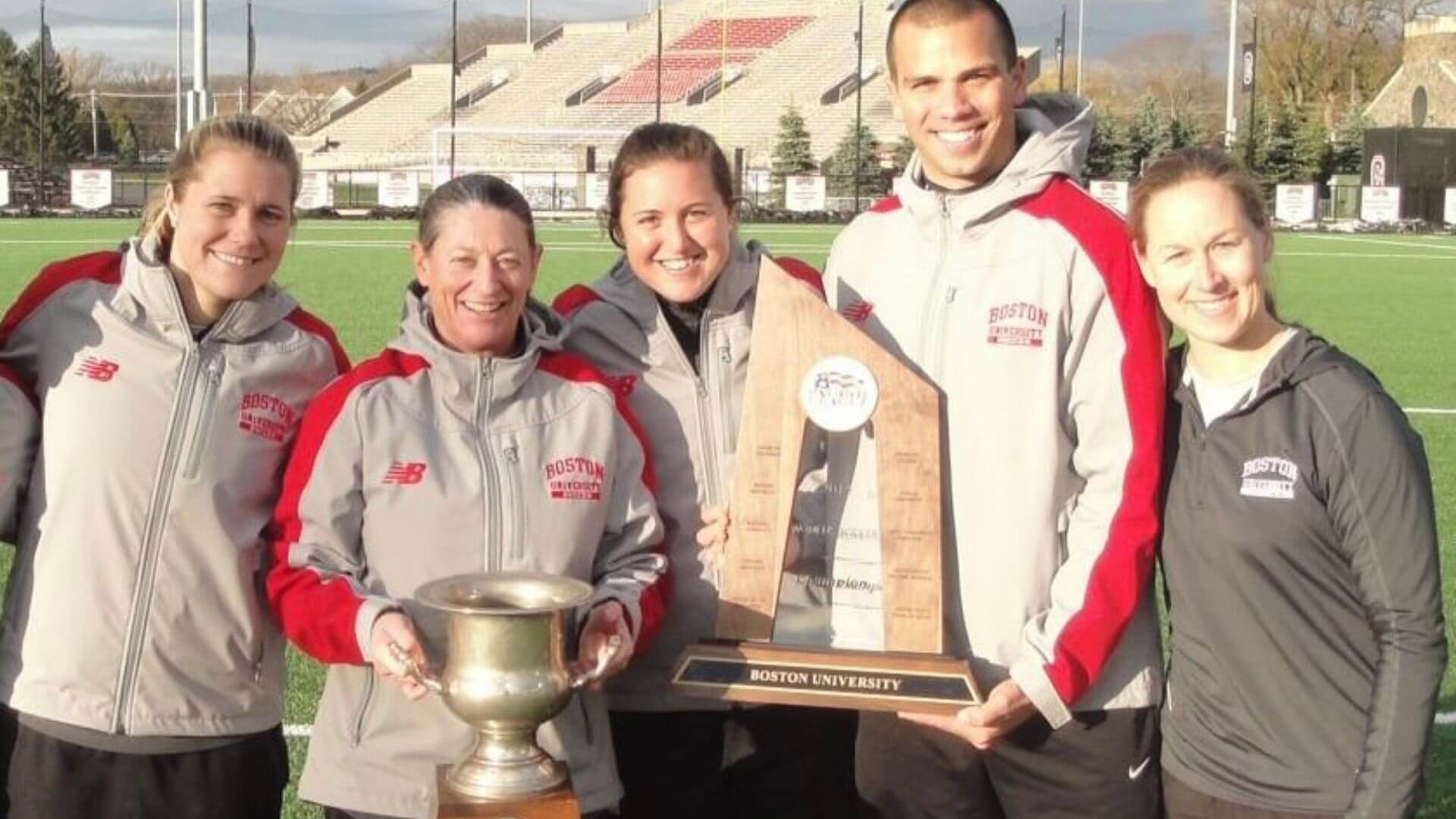Social Media Abuse During the Women’s World Cup
FIFA and FIFPRO released a Social Media and Protection analysis of the full tournament this Monday. They found that the United States Women’s National Team received the most online criticism out of any team in the 2023 Women’s World Cup. The abuse on social media centered around specific players as well as the team as a whole.
Media Abuse and the United States Women’s National Team
The report declares that the USWNT coming into the tournament after winning the previous two World Cup tournaments made them automatic targets for online abuse.
Per FIFA, during the @FIFAWWC, the @USWNT received significantly more social media abuse than any other nation, which was “predominantly politically motivated abuse that targeted 2-3 key players”.
The Americans received more than twice as much abuse as the next closest nation ?? pic.twitter.com/plDvdwK9II
— Women’s Transfer News (@womenstransfer) December 11, 2023
Another trigger for abusive statements shared about the team was non-participation in singing the National Anthem. However, the political nature of patriotism in the United States and sports is not a new criticism towards players on the USWNT. In 2016, Megan Rapinoe was among the first athletes to kneel during the national anthem to support NFL quarterback Colin Kaepernick.
U.S. Soccer lashes out against Megan Rapinoe for kneeling during anthem. https://t.co/cUhS3Gmh60 pic.twitter.com/6bGuN3d8Az
— Deadspin (@Deadspin) September 16, 2016
The report also found that two players, above all others, were targeted the most. They stated that one was from the United States and the other was from Argentina. These players are speculated to be Rapinoe and Argentina’s Yamila Rodriguez.
When looking geographically, the bulk of media abuse originated with 67% of it from or posted from North and Central America. This means that although the USWNT was the victim of the most media abuse, the US was also one of the main contributors to the issue. The majority of abusive comments were posted via the platform X, formerly known as Twitter.
In terms of time frame, the highest point of recorded negative comments was on August 6, 2023, which was when the USWNT lost in penalty kicks to Sweden and was taken out of the tournament.
The woke USWNT has been officially ELIMINATED in the World Cup
The loss was capped off by anti-woman & anti-American Megan Rapinoe who had one of the worst penalty kicks of her career
pic.twitter.com/dAog8iEckY— Jon Root (@JonnyRoot_) August 6, 2023
Types of Media Abuse by Percentage
With ‘general abuse’ holding 23.31% of the abuse, homophobia came closely behind it at 20.4%. The report stated that homophobic statements almost doubled from last year’s FIFA World Cup Qatar 2022.
As a matter of fact, women soccer players are attacked 29% more often than men online. Of which:
❌ More than 20% was homophobic
❌ 15% of the abuse was sexual
❌ 14% was sexist https://t.co/79lLG6Mx4h— UltraViolet is not paying for this (@UltraViolet) December 14, 2023
The following large percentages of abuse were sexual comments at 15.03%, sexism at 13.70%, and racism at 9.89%.
Women's World Cup: FIFA finds one in five players sent homophobic, sexist or sexual social media abuse during tournament | Football Newshttps://t.co/k19zPGjL46 pic.twitter.com/OkFeDMLqWU
— Cherumbu News (@sanalnly) December 11, 2023
Although the rates of criticism and media abuse are unfortunately not a new trend in women’s soccer, the act of recording legitimate statistics on the subject can help track progress and hopefully lead to advancements in the future.
_
GIRLS SOCCER NETWORK: YOUR SOURCE FOR GIRLS SOCCER NEWS




